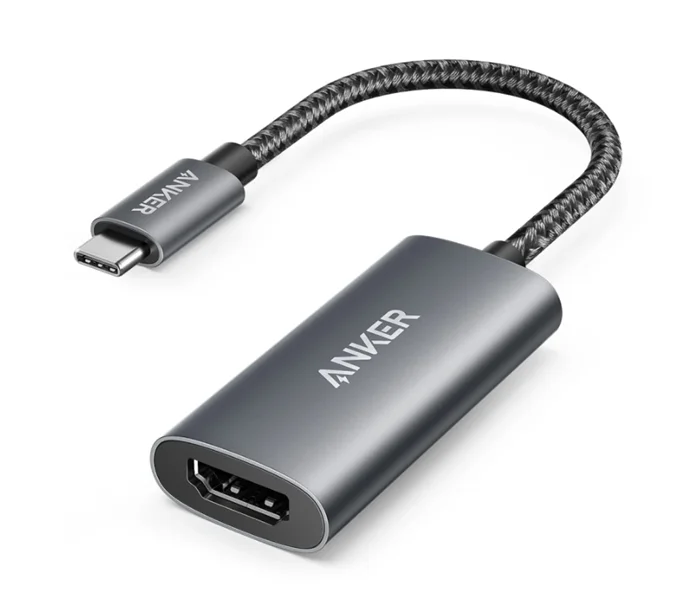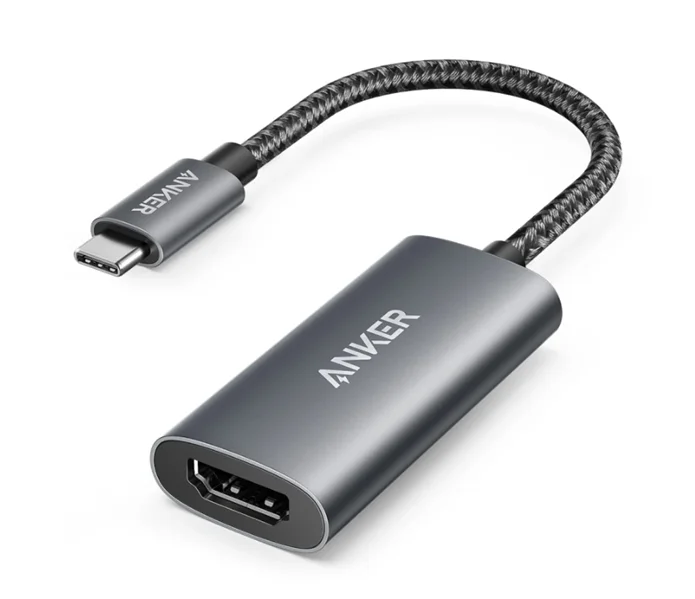Universal Serial Bus (USB) technology has revolutionized the way we connect and power our devices. From its inception in the mid-1990s to the advanced USB-C connectors of today, the evolution of USB has significantly improved data transfer speeds, power delivery, and versatility. This article explores the journey from USB-A to USB-C, highlighting how the USB-C to USB adapter plays a crucial role in bridging the gap between old and new technologies.
The Beginnings of USB: USB-A
Introduction of USB-A
The original USB standard, USB-A, was introduced in 1996 by a consortium of companies including Intel, IBM, and Microsoft. USB-A connectors quickly became the standard interface for connecting peripherals such as keyboards, mice, and printers to computers. The main appeal of USB-A was its ability to simplify connectivity with a universal port, replacing a multitude of proprietary connectors.
USB 1.0 and 2.0
USB 1.0 offered data transfer speeds of up to 12 Mbps, which was revolutionary at the time. This was followed by USB 2.0 in 2000, which significantly boosted data transfer rates to 480 Mbps. USB 2.0 became widely adopted, further cementing USB-A’s dominance in the market.
Advancements with USB 3.0 and 3.1
Introduction of USB 3.0
In 2008, USB 3.0 was introduced, offering substantial improvements in data transfer speeds, reaching up to 5 Gbps. This version of USB-A, often referred to as SuperSpeed USB, also improved power delivery capabilities, making it possible to charge devices more efficiently.
USB 3.1 and Enhanced Features
USB 3.1, introduced in 2013, further enhanced data transfer speeds to 10 Gbps. This iteration also introduced the Type-C connector, which, while initially used with USB 3.1, set the stage for the broader adoption of USB-C in future USB standards.
The Rise of USB-C
Introduction and Features of USB-C
USB-C, also known as Type-C, was designed to be the universal connector for the future. It features a reversible design, meaning it can be plugged in either way, eliminating the frustrations of earlier USB connectors. USB-C supports higher data transfer rates, increased power delivery, and the ability to transmit video signals, making it an all-in-one solution for modern devices.
USB-C and USB 3.2
USB 3.2, released in 2017, further leveraged the USB-C connector, providing data transfer speeds of up to 20 Gbps. This version solidified USB-C’s position as the go-to connector for new devices, offering unparalleled versatility and performance.
USB4 and Beyond
Introduction of USB4
USB4, introduced in 2019, builds on the USB-C standard, offering even faster data transfer speeds of up to 40 Gbps. It also integrates Thunderbolt 3 compatibility, allowing for a unified port that supports high-speed data, video output, and power delivery. USB4 aims to streamline the USB ecosystem, reducing confusion and enhancing compatibility across devices.
Future Developments
As technology continues to advance, future iterations of USB are expected to further increase speeds, efficiency, and functionality. The ongoing development of USB technology will likely continue to focus on enhancing the capabilities of USB-C, cementing its role as the universal connector.
The Role of USB-C to USB Adapters
Bridging the Gap
With the rise of USB-C, many users still rely on older USB-A peripherals. USB-C to USB adapters play a crucial role in bridging this gap, allowing users to connect their existing USB-A devices to new USB-C ports. These adapters ensure that users can continue to use their current peripherals without the need to replace them, providing a cost-effective and convenient solution.
Enhancing Compatibility
USB-C to USB adapters enhance compatibility across devices, making it easier to transition from older to newer technologies. Whether connecting a USB-A flash drive to a USB-C laptop or using an older mouse with a new smartphone, these adapters offer flexibility and ease of use.

Conclusion
The evolution of USB from USB-A to USB-C represents a significant leap in technology, improving data transfer speeds, power delivery, and overall connectivity. USB-C has become the universal connector for modern devices, offering unmatched versatility and performance. However, the need for usb c to usb adapter remains crucial, ensuring seamless compatibility between old and new technologies.As USB technology continues to evolve, the future promises even greater advancements, with USB-C leading the way. By understanding this evolution, users can appreciate the advancements in connectivity and make informed decisions when it comes to selecting and using USB adapters and peripherals.

Melody Roth, a seasoned blog writer with a passion for the delectable world of food, specializes in crafting mouth-watering articles on favorites like pizza and burgers. With years of experience under her belt, Melody serves up stories as tantalizing as the dishes she describes, making her an invaluable voice in the culinary blogging realm.

